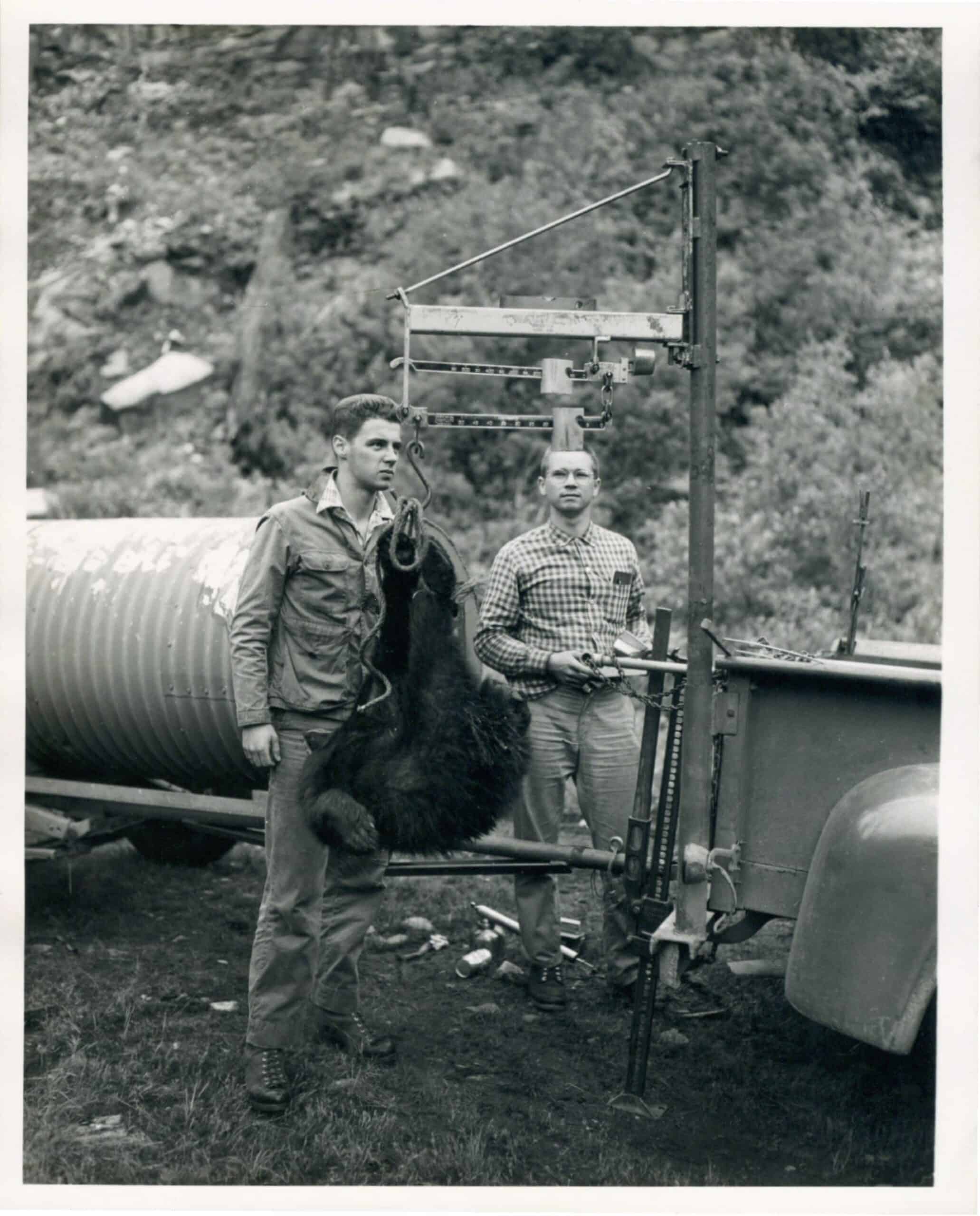Share this article
Great gray owls unfazed by California megafire
After California’s Rim Fire burned through Yosemite National Park and Stanislaus National Forest in 2013, managers wondered what impact it had on wildlife in the region. The 104,000-hectare fire was the largest recorded fire ever in California’s Sierra Nevada, one of a series of massive, high-severity wildfires attributed to climate change that have burned across the West, particularly California, which was in the midst of a historic drought.
Managers were particularly concerned about the great gray owl (Strix nebulosa), whose population of fewer than 100 pairs in California have made it a state endangered species, many of which occupy the area in and around the burn area.
“When the Rim Fire burned, it was like a bullseye on the heart of the geographic range in northern California,” said Rodney Siegel, executive director of The Institute for Bird Populations. “About a quarter of their nesting territories were inside the fire perimeter. There was a lot of concern in the park and elsewhere that wildlife would be threatened by the fire, and the great gray owl in particular seemed like one of the species that would be the most vulnerable.”
Yet what researchers found surprised them. Not only did the owls not decline after the fire. Their numbers actually increased.
“We were unable to find any negative effects of the fire on the birds,” said Siegel, lead author of the study published in The Condor: Ornithological Applications.
Researchers analyzed 13 years of collection data on the birds — both inside and outside the burn area — including three years after the fire. During those three years, researchers recorded great gray owls at 21 of 22 meadows within the fire perimeter that were occupied in the previous decade. Colonization rates showed no significant change but rates of persistence at sites known to have been occupied previously increased both inside and outside the burned area. The fire probably didn’t contribute to the birds’ increased site persistence, Siegel said, because their numbers outside the perimeter also grew, but it also didn’t appear to negatively affect them.
The owls, researchers concluded, “appear to have been largely resilient to effects of the Rim Fire.”
It may not be true for other species in the forests, Siegel said, but wildfire — even megafires like the Rim Fire — may provide at least short-term benefits for the great gray owl. The snags left behind can create ideal nesting habitat for the owls, which typically nest in the rotting remains of dead trees. The tallest owl on the continent, the great gray owl needs big trees for nesting. The fire also may have aided the meadow-nesting rodents they prey on, which in turn may have helped the owls, Siegel said.
His team is currently looking at the fire’s impacts on California spotted owls (Strix occidentalis occidentalis) within Yosemite National Park, and although their results haven’t been published yet, it appears they were also resilient after the blaze.
“What this is telling me is that at least for the short-term, I don’t think fire poses a big threat for the great gray owl,” Siegel said. Long-term impacts may be different, though, he said, as those snags deteriorate and the dead trees fall down.
The study comes as megafires become more commonplace on the landscape. While many researchers and land managers recommend forest thinning to reduce fire risk, Siegel said, that approach may not help conserve great gray owls.
Header Image: Great gray owls proved resilient to California’s massive Rim Fire. ©Dustin Garrison








